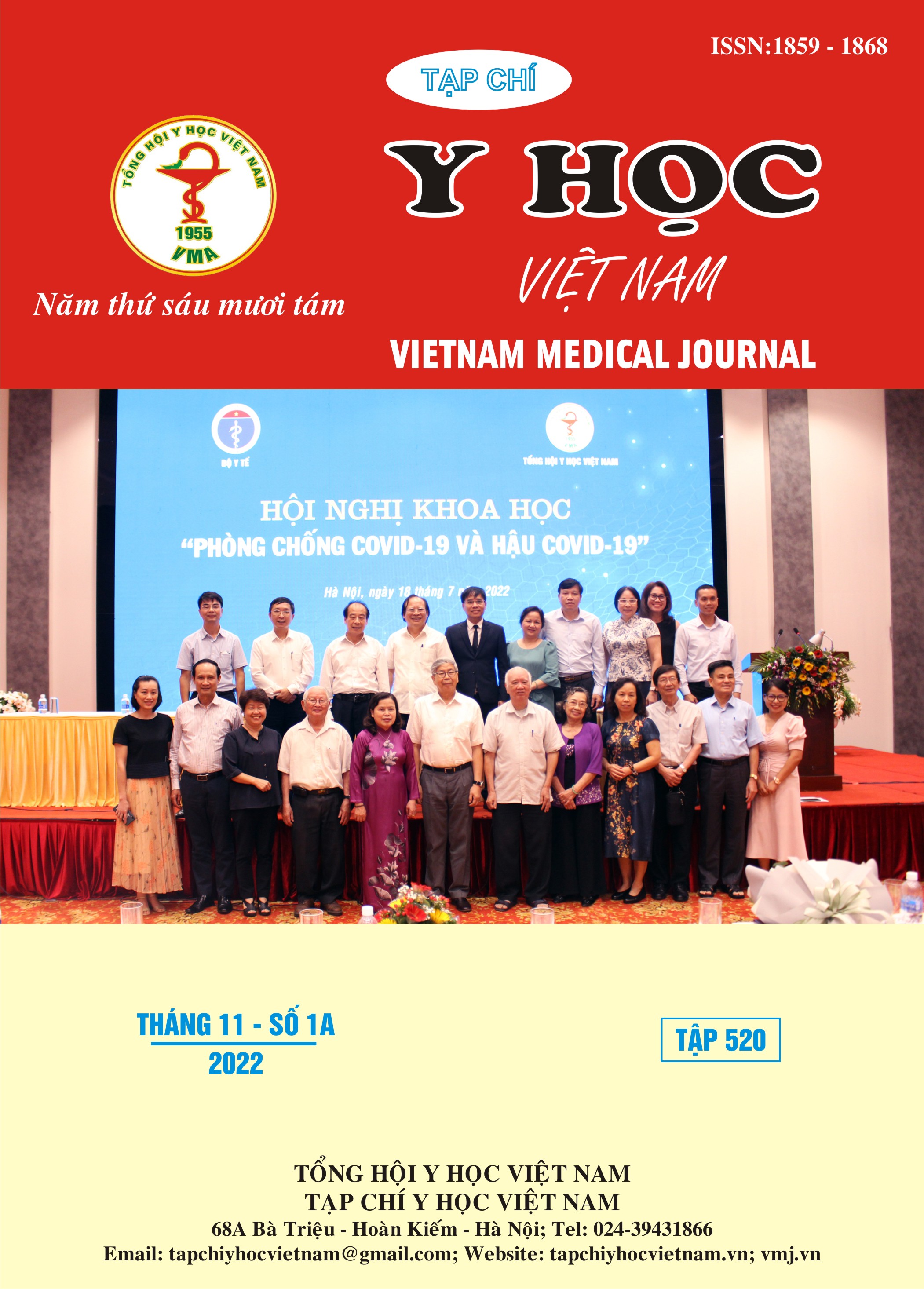VALIDATING BLOOD GLUCOSE MONITORS USING CLSI POCT12A-3
Main Article Content
Abstract
Objective: To validate common blood glucose monitors used in hospitals by calculate the accuracy and precision and compare them to CLSI POCT12-A3 standards and assess the effect of hematocrit on monitors’ accuracy. Methods: 135 pregnant women, who underwent a 75g oral glucose tolerance test, consented to participate in the study at an obstetrics clinic in a single center at Hung Vuong hospital. Each patient’s blood was drawn three times when fasting, 1 hour after 75g glucose intake and 2 hours after 75g glucose intake. 45 fasting samples, 45 samples after 1 hour and 45 samples after 2 hours are taken from different pregnant women to ensure a wide range of hematocrit. Blood samples are collected into Ethylenediaminetetraacetic acid (EDTA). Hematocrit is analyzed by hematology analyzer, Alinity hq. After which, blood sample was tested with each meter system in duplicate using six different BGM. Within 5 minutes after being tested by blood glucose monitors, glucose levels are then measured twice in a row by Cobas c502 analyzer, which is a reference method. Result: Out of six evaluated monitors, two were disqualified due to lack of precision according to CLSI POCT12-A3. Three out of four remaining monitors satisfied the accuracy qualification. In three monitors qualifying the accuracy and precision criteria, two machines with the same technology show an inverse correlation between bias and hct, and the other showed no effect of hct on bias. Conclusion: Most blood glucose monitors circulating the market are manufactured after ISO 15197 standard, which is intended for self-measurement. To ensure patients’ safety, medical organizations need to verify blood glucose monitors if they are designed for prescription point-of-care use or validate blood glucose monitors if they are designed for over-the-counter use. Users need to pay attention to the effect of hematocrit on results.
Article Details
Keywords
blood glucose monitors, hematocrit, accuracy, precision
References
2. D’Orazio P, Burnett RW, Fogh-Andersen N, et al. Approved IFCC recommendation on reporting results for blood glucose (abbreviated). Clinical chemistry. 2005;51(9):1573-1576.
3. Blood Glucose Monitoring Test Systems for Prescription Point-of-Care Use - Guidance for Industry and Food and Drug Administration Staff. U.S. Food and Drug Administration; 2020.
4. Self-Monitoring Blood Glucose Test Systems for Over-the-Counter Use. U.S. Food and Drug Administration; 2020.
5. Pfützner A, Mitri M, Musholt PB, et al. Clinical assessment of the accuracy of blood glucose measurement devices. Current medical research and opinion. 2012;28(4):525-531.
6. Klonoff DC, Parkes JL, Kovatchev BP, et al. Investigation of the accuracy of 18 marketed blood glucose monitors. Diabetes Care. 2018;41(8):1681-1688.
7. ISO 15197:2013. In vitro diagnostic test systems—requirements for blood-glucose monitoring systems for self-testing in managing diabetes mellitus: International Organization for Standardization; 2013.
8. CLSI. User Verification of Precision and Estimation of Bias; Approved Guideline—Third Edition. CLSI document EP15-A3: Wayne, PA: Clinical and Laboratory Standards Institute; 2014.


